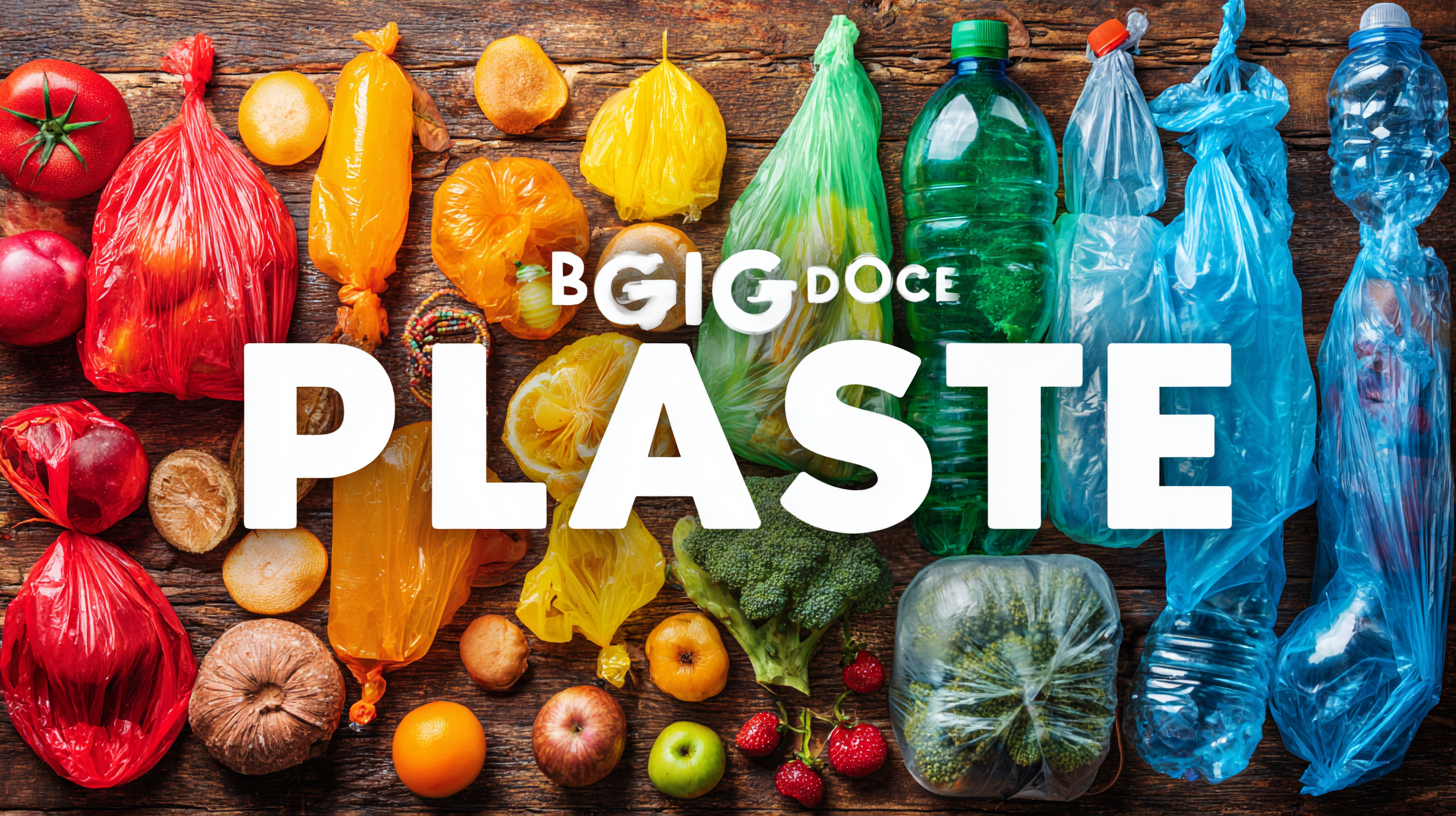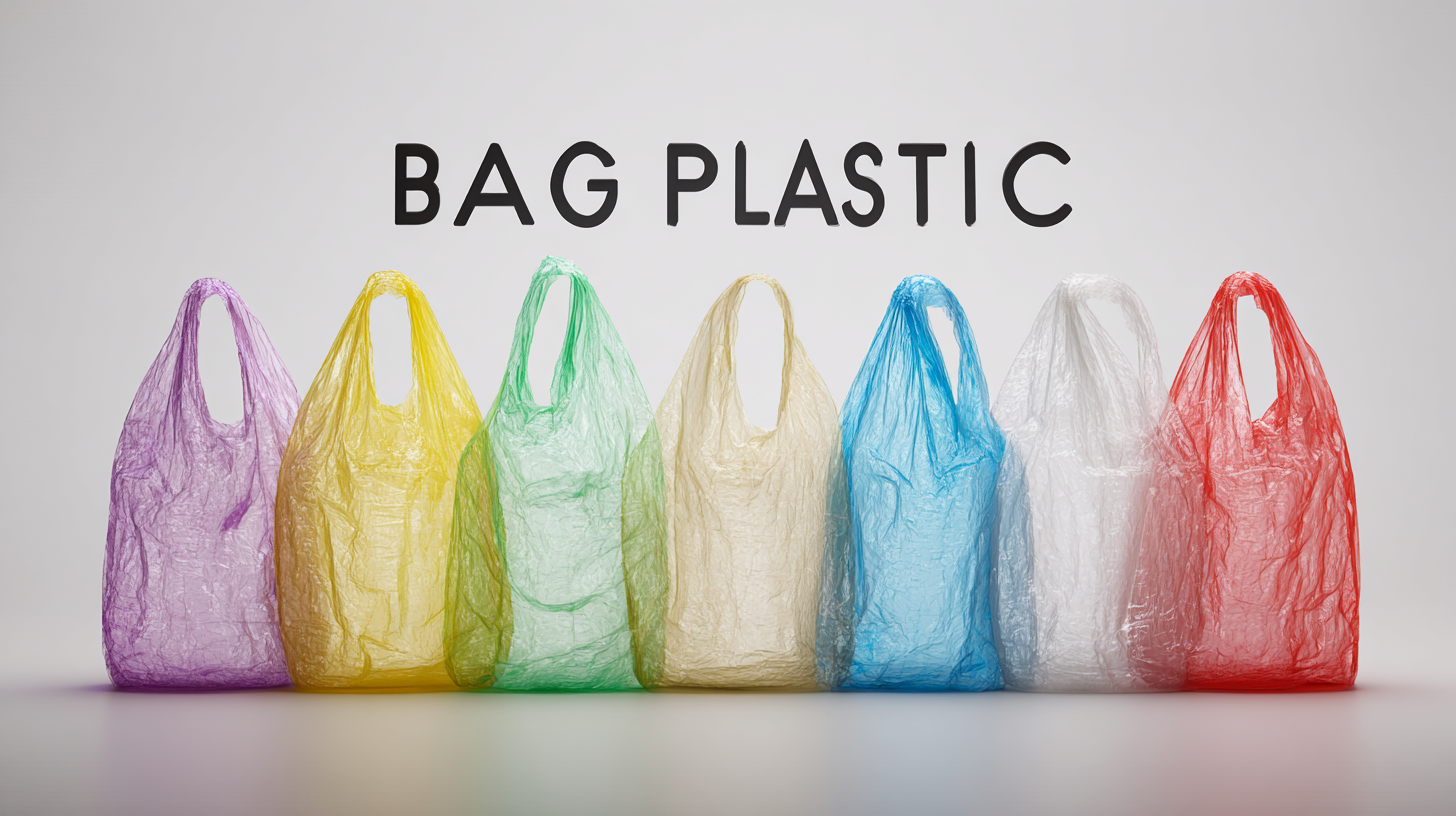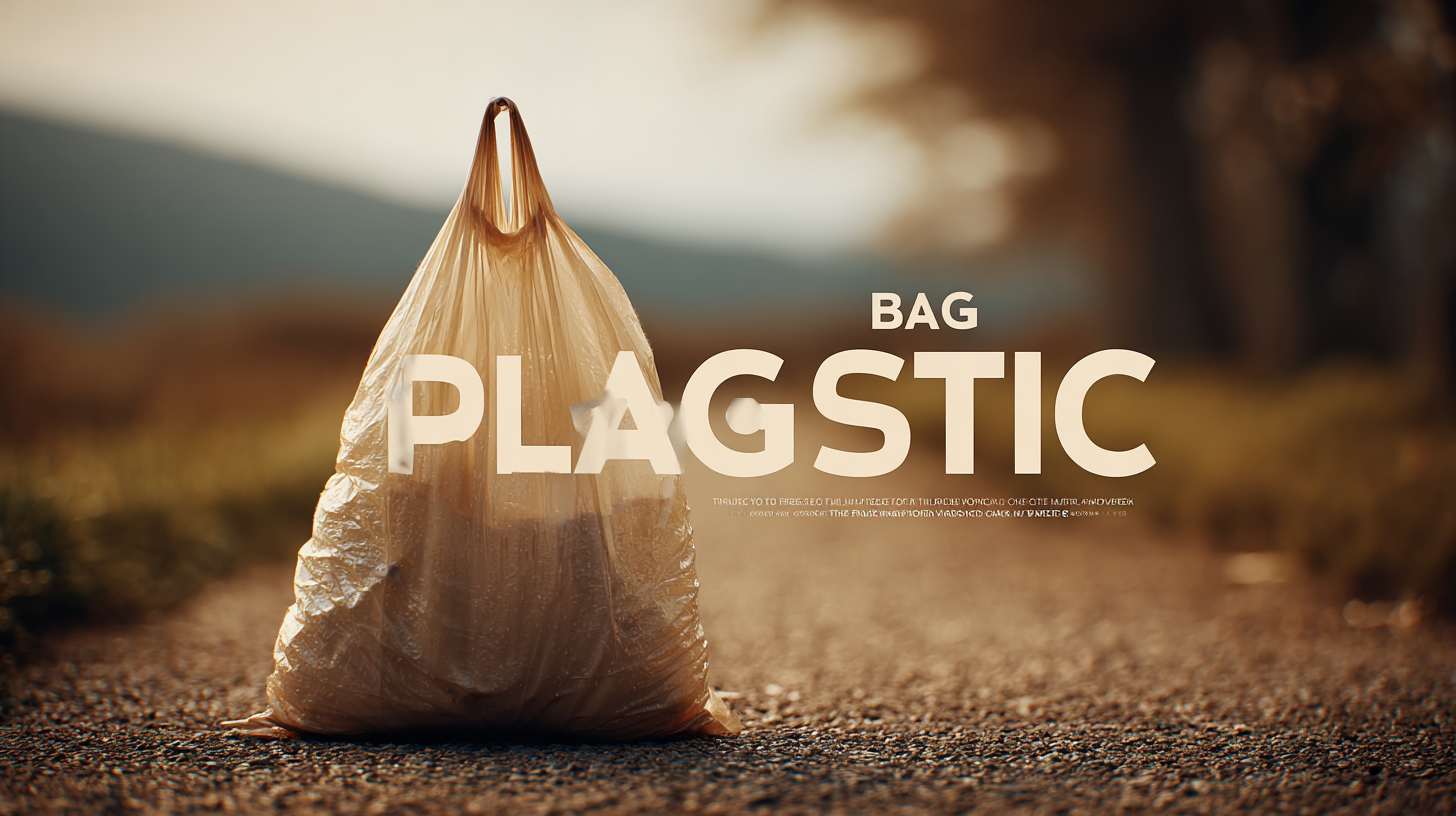- Phone:+86 15218629499
- Phone: +86 15766990063
- E-mail: Yzprinting01@163.com
In today's rapidly evolving market, the versatility and utility of a "Bag of Plastic" are increasingly evident across various industries. According to a recent report by the Plastics Industry Association, over 90% of American households use plastic bags regularly, highlighting their integral role in everyday life. Moreover, the global demand for plastic packaging is projected to reach $1 trillion by 2028, underscoring the significance of selecting the right type of plastic bag for various applications ranging from retail to industrial use. This ultimate guide aims to navigate through the myriad options available, providing insights into the specific applications and benefits of different plastic bags. By drawing upon industry case studies and expert analysis, we will empower you to make informed choices that meet your specific needs while maintaining sustainability and efficiency. Whether it’s for grocery shopping, shipping goods, or specialized industrial operations, understanding the nuances of plastic bags is crucial in optimizing their use.

When it comes to selecting the appropriate bag of plastic for daily use, understanding the various types of plastics and their properties becomes crucial. According to a report by the Plastics Industry Association, over 40% of the 40 million tons of plastic produced in the United States annually goes toward packaging materials, emphasizing their ubiquitous role in everyday items. Each type of plastic offers distinct characteristics; for example, High-Density Polyethylene (HDPE) is renowned for its strength and resistance to impact, making it a popular choice for grocery bags. In contrast, Low-Density Polyethylene (LDPE) is favored for its flexibility, often found in produce bags and wraps.

Furthermore, the selection of plastic materials influences not only functionality but also environmental impact. The Sustainable Packaging Coalition notes that utilizing biodegradable alternatives, such as polylactic acid (PLA), can significantly reduce landfill waste, making these options appealing for eco-conscious consumers. Understanding these variations allows businesses and individuals to make informed decisions about the types of plastic they use, ensuring they meet both their practical needs and sustainable goals while navigating the complex landscape of plastic materials available today.
When selecting the right plastic bag for specific applications, three key technical specifications come to the forefront: thickness, durability, and environmental impact. The thickness of a plastic bag significantly affects its functionality. For example, standard grocery bags typically range from 2.5 to 6 mils, while heavy-duty options may exceed 6 mils. According to the American Chemistry Council, thicker bags are often chosen for heavier items, providing much-needed support and reducing the risk of breakage. Conversely, thinner bags are more suitable for lightweight uses, such as produce or carry-out items.
Durability is another essential characteristic to consider. High-density polyethylene (HDPE) bags are known for their strength and resistance to punctures, making them ideal for carrying bulk items. A report by Freedonia Group indicates that the demand for durable plastic bags is expected to grow, driven by increased consumer preferences for reliable packaging solutions across various sectors, including retail and food service. However, an important aspect of durability must also account for environmental impact. A comprehensive study published by the Plastics Industry Association reveals that while plastic bags contribute to land and marine pollution, innovative recycling methods and advancements in biodegradable plastics are increasingly mitigating these effects, fostering a more sustainable approach to plastic use.
When choosing the right plastic bag, two crucial factors come into play: size and volume capacity. According to the Flexible Packaging Association, the demand for plastic bags in the retail sector is expected to reach 28.5 billion units by 2025, indicating the need for consumers to make informed choices. It's essential to select the right bag based on its intended use, whether for groceries, trash, or storage. For instance, a standard grocery plastic bag typically holds around 2.5 pounds of weight, making it suitable for carrying everyday items.
Tip: Always consider the specific items you will place in the bag. For heavier products, thicker bags or those specifically designed for heavyweight items, like contractor trash bags, are advisable.
Moreover, understanding the volume capacity is key. Research from the American Society of Plastics Engineers emphasizes that using the appropriate bag size not only facilitates easier handling but also promotes better sustainability practices by reducing waste. For example, small bags might be ideal for snacks or small items, while larger bags can be practical for bulk groceries or yard waste.
Tip: When in doubt, measure your items first. This ensures that you choose a bag that fits well, minimizing the risk of overfilling and potential spillage.
 When considering the environmental impact of plastic bags, it is crucial to understand the standards for biodegradable plastics. According to a report by the American Society for Testing and Materials (ASTM), biodegradable plastics must degrade within a specified timeframe when exposed to environmental conditions, typically within a year. The increasing use of biodegradable options highlights the industry's shift towards more sustainable practices. In fact, data from MarketsandMarkets suggests that the global biodegradable plastics market is projected to grow from $4.5 billion in 2020 to $6.2 billion by 2025, indicating a strong demand for greener alternatives.
When considering the environmental impact of plastic bags, it is crucial to understand the standards for biodegradable plastics. According to a report by the American Society for Testing and Materials (ASTM), biodegradable plastics must degrade within a specified timeframe when exposed to environmental conditions, typically within a year. The increasing use of biodegradable options highlights the industry's shift towards more sustainable practices. In fact, data from MarketsandMarkets suggests that the global biodegradable plastics market is projected to grow from $4.5 billion in 2020 to $6.2 billion by 2025, indicating a strong demand for greener alternatives.
Tip: When choosing a biodegradable plastic bag, look for certifications such as ASTM D6400 or EN 13432, which ensure compliance with strict degradation standards.
Additionally, research shows that while biodegradable plastics offer a more eco-friendly solution, proper disposal methods are vital. A study published in the Journal of Cleaner Production indicates that the majority of biodegradable plastics are not disposed of correctly, resulting in poor breakdown and continued environmental harm. It is imperative for consumers to support organizations that promote proper waste management.
Tip: Always check local recycling guidelines to determine the best disposal method for biodegradable plastics and support programs that educate the public on sustainable practices.
When considering the cost-effectiveness of various plastic bag types in retail, it is crucial to analyze their economic impact, particularly as society grapples with the challenges of plastic waste. Recent research indicates that implementing effective management scenarios for plastic bags can significantly influence both the environment and socio-economic conditions. For instance, changing plastic bag consumption patterns through targeted store interventions has shown promising results in South Africa. By promoting reusable bags, retailers can not only reduce single-use plastic (SUP) consumption but also yield long-term savings in waste management costs.
Data from recent studies reveal that consumers are increasingly frustrated with single-use plastics. A living lab experiment with 20 participants highlighted the practicality issues associated with reducing SUPs in everyday life. This scenario underscores the necessity for retailers to engage in educational campaigns that address both monetary and non-monetary incentives for using alternatives, such as reusable bags. Furthermore, aligning these initiatives with current environmental policies can create a favorable economic landscape for sustainable practices, ultimately benefiting retailers and consumers alike.
| Bag Type | Material | Cost per 1000 Bags ($) | Weight Limit (lbs) | Recyclable | Common Uses |
|---|---|---|---|---|---|
| HDPE Bag | High-Density Polyethylene | 30 | 10 | Yes | Grocery, Retail |
| LDPE Bag | Low-Density Polyethylene | 35 | 5 | Yes | Packaging, Handling |
| PP Bag | Polypropylene | 45 | 20 | Yes | Food Storage, Retail |
| Biodegradable Bag | PLA (Polylactic Acid) | 60 | 8 | Yes | Retail, Grocery, Waste Collection |
| Woven Bag | Polypropylene | 75 | 50 | Yes | Heavy Duty, Grocery, Retail |
